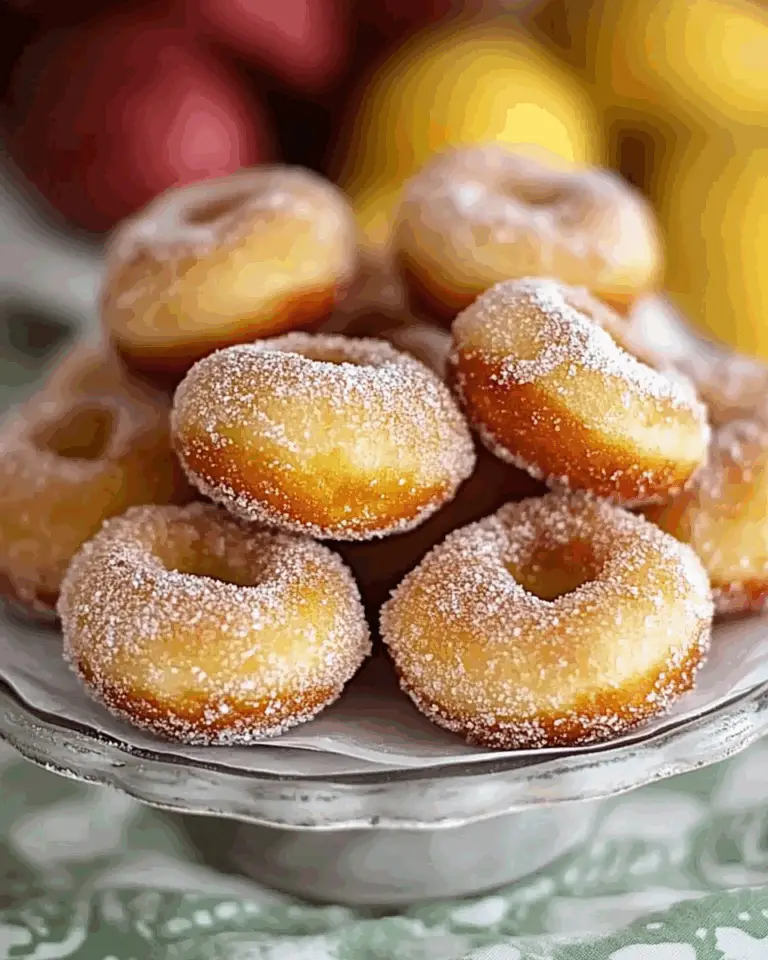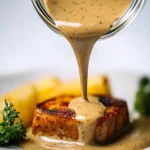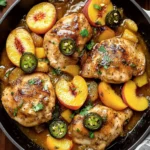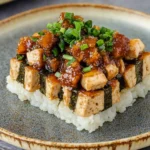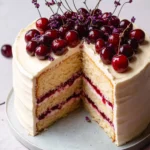A Portuguese-Hawaiian Culinary Legacy
The story of malasadas begins in Portugal, where similar fried dough treats were made to use up lard and sugar before Lent. When Portuguese laborers settled in Hawaii during the plantation era, they brought this culinary tradition with them. The name “malasada” loosely translates to “undercooked” or “poorly cooked” in Portuguese, but don’t be misled by the name—the Hawaiian version is far from underdone.
Over time, local adaptations emerged. While the traditional Portuguese recipe often used fewer eggs and a leaner dough, Hawaii’s malasadas embraced a richer profile, incorporating evaporated milk and butter for extra softness and flavor. This island interpretation gave the dough a tender interior with a slightly chewy bite and a golden, crisp exterior that crackles under the sugar coating.
What Makes Malasadas Special
At the heart of the malasada’s appeal is its texture. The dough, made with a generous mix of bread flour, eggs, and butter, yields a chewy, airy interior with just enough density to feel substantial. Evaporated milk brings a subtle depth and caramel-like richness, enhancing the overall flavor without making the dough heavy.
Unlike many traditional doughnuts, malasadas have no hole. They are usually shaped into rounds or ovals, allowing them to be easily filled or enjoyed plain. The final sugar coating adds a touch of crunch and sweetness, balancing the richness of the dough. When served warm, malasadas are melt-in-your-mouth delicious—a sensory experience that’s best enjoyed fresh out of the fryer.
Another unique aspect of malasadas is their versatility. While the basic sugar-dusted version is beloved on its own, the option to add fillings transforms them into a creative canvas. Custard and chocolate satisfy the sweet tooth, while haupia adds a distinctly Hawaiian twist. Fruit lovers can opt for jams or purées, like mango, guava, or lilikoi, giving the pastry a bright, tangy burst.
The Joy of Making Malasadas at Home
Making malasadas from scratch may sound intimidating, but the process is deeply rewarding. It begins with a yeast dough that benefits from two rises, building flavor and lightness along the way. The dough is enriched with butter and eggs, giving it a soft, elastic feel that becomes even more luxurious as it rests. Once rolled out and shaped, the dough gets a final proof before hitting the hot oil, where each piece puffs up to golden perfection.
The frying process is key. Proper oil temperature (around 360–375°F) ensures the exterior crisps while the inside stays tender and fully cooked. A quick roll in granulated sugar while still warm creates that classic sweet coating. For filled malasadas, a small opening is made in the side, and a piping bag delivers the creamy surprise within.
Even though malasadas are best eaten fresh, they can be stored at room temperature for a day or two. If reheating, a short time in the microwave or oven will restore some of their softness, though the magic of the freshly fried version is hard to beat.
A Dessert That Brings People Together
Malasadas aren’t just a dessert—they’re an experience, often shared with family and friends. In Hawaii, they are frequently brought to potlucks, shared during holidays like Malasada Day (Fat Tuesday), and served as celebratory treats for birthdays and school events. Their nostalgic charm and crowd-pleasing flavor make them an essential part of the local food culture.
Bakeries like Leonard’s in Honolulu have elevated malasadas to cult status, offering rotating flavors and long lines of eager customers every day. Their popularity has spread beyond the islands, with malasada-inspired recipes appearing on menus across the mainland U.S. and beyond. Yet, making them at home allows for a personal touch—adjusting sweetness, experimenting with fillings, or crafting them in smaller or larger sizes depending on the occasion.
Customize and Elevate Your Malasadas
The beauty of malasadas is how adaptable they are. Once you’ve mastered the basic dough, the variations are endless. Fillings are the most obvious area for creativity—vanilla custard, lemon curd, Nutella, coconut cream, and fruit jams are all delicious options. For a more refined flavor, try rolling them in cinnamon sugar, cardamom sugar, or even crushed freeze-dried fruit for a tart finish.
Presentation can also elevate this humble treat. Serve them on a platter with assorted fillings, garnish with powdered sugar or edible flowers, or even pair them with dipping sauces like chocolate ganache or caramel. For brunches and events, mini malasadas make perfect bite-sized indulgences.
Malasadas also make a fun and interactive project for families. Kids can help with mixing, rolling, and sugar-coating, turning the cooking process into a joyful bonding experience. Whether you’re sharing a batch with neighbors or baking a special treat for guests, malasadas are guaranteed to spread smiles.
Nutritional Snapshot
Malasadas are undeniably a treat, and each one clocks in at approximately 260 calories. With around 11 grams of fat and 34 grams of carbohydrates, they’re best enjoyed in moderation. The addition of evaporated milk and butter contributes to their rich taste and texture but also ups the fat content, especially saturated fat.
Still, because they are made from scratch, you can control what goes into them. For a lighter version, consider using less sugar in the dough or experimenting with alternative oils. Whole wheat flour can add fiber and texture, though it will slightly change the softness of the final product.
As a special occasion or weekend indulgence, malasadas are a delightful way to enjoy homemade comfort food rooted in rich cultural tradition.
Conclusion
Malasadas are more than just fried dough—they’re a beloved symbol of Hawaii’s multicultural culinary landscape and a testament to how food traditions evolve and thrive in new places. With their golden crust, fluffy interior, and irresistible sugar coating, malasadas offer comfort and joy in every bite.
Whether you prefer them plain or filled, rolled in sugar or spiced, homemade malasadas deliver a delicious experience that’s as much about the process as the result. They’re perfect for sharing, easy to customize, and always sure to impress.
Once you’ve had a taste of freshly made malasadas, it’s easy to see why they’ve become a cherished island favorite. With this recipe in your repertoire, you can bring the flavors of Hawaii to your own kitchen—one warm, sugar-dusted bite at a time.

